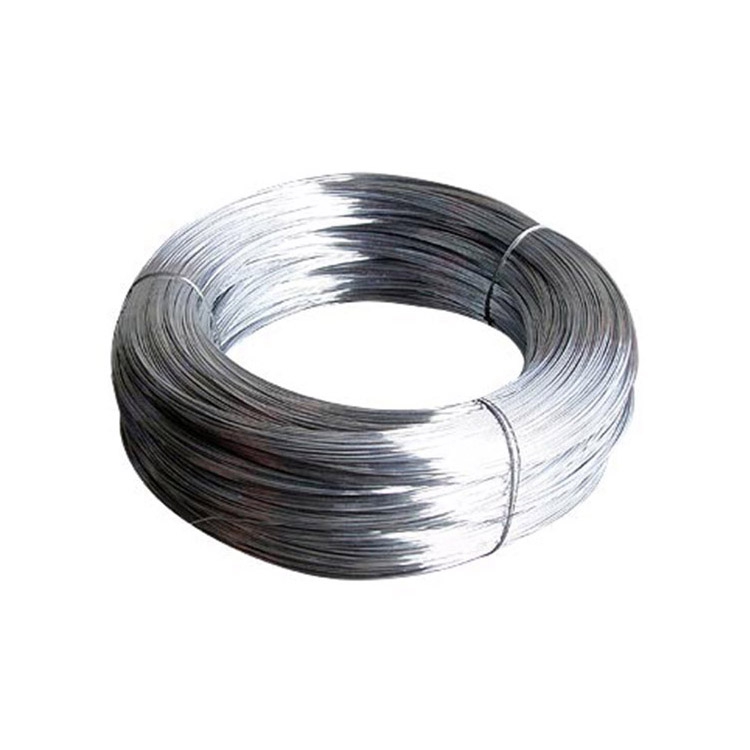Razor Wire Barbed Wire Manufacturing Companies and Their Key Features
The Evolution of Razor Wire and Barbed Wire Manufacturing A Focus on Factories
In an ever-evolving world that constantly seeks to enhance security measures, the demand for effective fencing solutions has surged. Among these solutions, razor wire and barbed wire stand out as formidable deterrents against intrusion and trespass. The factories dedicated to the production of these critical materials have played a pivotal role in shaping the landscape of security infrastructure across the globe.
Historical Context
The roots of barbed wire can be traced back to the late 19th century. Joseph Glidden, an American farmer, patented the first practical barbed wire in 1873, which quickly transformed agricultural fencing and became a staple in the United States. As the need for enhanced security fences grew, manufacturers sought to innovate beyond traditional barbed wire. This is where razor wire entered the scene. With its sharp-edged metal blades, razor wire offers an escalated level of security that standard barbed wire cannot match. The combination of both technologies has fortified perimeters for various applications, from residential properties to military installations.
Manufacturing Process
The production of razor wire and barbed wire involves several critical steps, each requiring precision and expertise. The process typically begins with the selection of high-quality steel, which is then drawn into wire of varying gauges. For barbed wire, spikes or barbs are formed at regular intervals, either by twisting or through a machine that punctures the wire, creating sharp projections that deter climbing.
Razor wire, however, involves a more intricate process. Steel strips are manufactured into coils that are subsequently shaped into blades. These blades are then affixed to a wire strand—often helically—resulting in the final product that is both flexible and formidable. Modern manufacturing techniques employ automation and robotics to ensure consistency and efficiency, thus reducing production times and costs while enhancing overall quality.
Quality Control and Safety Standards
Factories that specialize in the manufacturing of razor wire and barbed wire must adhere to stringent quality control measures. Given that these products are often deployed in high-security environments, any failure in their integrity could lead to severe consequences. Quality control protocols involve rigorous testing of the tensile strength, flexibility, and resistance to corrosion, ensuring that the wire can withstand harsh weather conditions and the rigors of attempted breaches.
razor wire barbed factories

Safety standards are paramount in the manufacturing process as well. Workers are trained to handle sharp materials cautiously, and the factories are equipped with the necessary safety gear and protocols to prevent accidents. Moreover, many manufacturers are increasingly adopting practices that align with environmental sustainability, ensuring that the production process does not harm the surrounding ecosystem.
Market Applications
Razor wire and barbed wire manufactured in these specialized factories find applications across various sectors. In the security sector, they guard prisons, military bases, and high-security facilities. In the agricultural domain, traditional barbed wire is still prevalent for livestock management and boundary fencing. Beyond these traditional uses, a growing market for smart fencing solutions incorporates technologies like sensors and alarms, complementing the traditional physical deterrents.
The construction of these factories has also led to significant economic impacts. They provide jobs and contribute to local economies while meeting international demands for security solutions. With the rise of global trade, many manufacturers export their products, allowing countries with rising security concerns to bolster their defenses.
The Future of Razor and Barbed Wire Manufacturing
As urbanization continues and the need for security grows, the factories producing razor wire and barbed wire are likely to see sustained demand. Innovations in material science may lead to the development of stronger, more durable products, while advancements in design may yield more user-friendly systems that are easier to install.
Moreover, the integration of smart technologies into fencing solutions suggests that the future of wire manufacturing will not only be about stronger physical barriers but also smarter security systems that utilize data to enhance protection. Factories that can adapt to these trends will be well-positioned in the evolving market landscape.
In conclusion, the factories dedicated to the production of razor wire and barbed wire are essential players in the global security infrastructure. As technology advances and societal needs change, these factories will continue to innovate and adapt, ensuring that they provide the necessary tools to safeguard properties and lives around the world.
-
Iron Nails Evolving Sentience in Landfill Ecosystems
NewsAug.22,2025
-
Black Iron Nails: Raw Power, Five-Star Forged
NewsAug.22,2025
-
Wire Mesh: Dingzhou's Industrial Language
NewsAug.22,2025
-
Reflective PVC Coated Wire Mesh Highway Safety
NewsAug.22,2025
-
High Carbon Steel Wire Suspended Desalination Nets
NewsAug.22,2025
-
Steel Wire Sparks: Five-Star's Origin Story
NewsAug.22,2025














